Hey, who is that handsome producer fellow there?!?
I receive a lot of emails talking about connecting the Line 6 M13 using the “4 Cable Method”, or in the fast-paced, always-abbreviated forum world, the “4CM”. What they’re referring to is a way to connect your guitar effects processors up using 4 cables: 1) the guitar into the processor; 2) the processor into the front end of your amplifier; 3) a cable from the FX send of your effects processor into the amplifier’s effects loop; and 4) and cable from the effects processor’s FX return into the amplifier’s effects loop return. *Please note that I use “effects” and “FX” interchangeably. They are the same thing.
If you’re not sure what an effects loop is or why you’d want one, check out an earlier post here at TheToneChef.com where I teach you The Beginner’s Guide to Effects Loops.
So the M13 is a pretty great piece of gear because you get over 100 different stompbox style effects in one big, road-rugged container. It’s a big pedalboard all in one box. Don’t confuse it with the POD series though, because there is no amp modeling and no speaker cabinet (or microphone) modeling. The M13 requires that you plug it into an amplifier. It may sound pretty raggedy going straight into a PA, mixing desk, high end microphone preamp, audio recording interface, etc. Some may argue that the M13 effects aren’t as good or realistic as the effects they’re modeling and- while I fractionally agree- there is NO WAY ON EARTH that 1) you’d be able to buy 100+ stompboxes for $500- the cost of a new M13- or 2) that pretty girl in the front row is gonna hear the difference between a vintage out-of-production BOSS VB-2 and your M13 Vibrato patch. NO. WAY. ON. EARTH. And aside from the modeling vs. “the real thing” debate, the M13 makes it crazy simple to tap a button to sync just about ALL of your effects into tempo with one another. That is beyond brilliant. By tapping the tempo button along with your drummer, you can set 1 delay to a dotted 8th note, another delay to a whole note, a vibrato patch to triplet 16th pattern, and a filtered cosmic gurgle slurper to a half note. It’s like having a stomach ache that you can dance to!
ANYWAY. I digress. FX LOOPS and the 4CM. Here’s what the back of my M13 looks like:

I have marked mine with colored tape so that it’s easy to get everything plugged in, even if I have a tech or stage hand who’s helping me get set up.
You can see that there are stereo jacks for input, output, fx send, and fx return. However it’s not quite as easy as it looks. Instead of seeing it as putting your M13 in the loop of your amplifier, you have to think of it as putting your amplifier’s preamp section in the fx loop of the M13. Having said that, you’ll connect the M13 to your amp using the key in this diagram:

If you’re familiar with the M13, then you know that you can store multiple “scenes”. The location or placement of your fx loop can be assigned PER SCENE (from the setup menu) which means that in one scene, you can run one bank of effects into the front of your amp and the remaining three banks (each with three effects selections) into the loop. Or you can place the loop between banks 2 and 3 and have two banks into the preamp and two banks into the loop. It’s basically up to you where you want the preamp section of your amplifier to fit into the flow of the M13’s effects chain. The graphic below gives a visual of what that looks like:
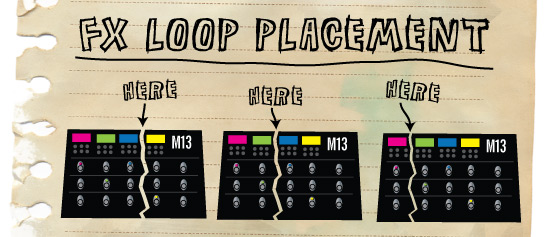
You can also choose to have the loop before all the banks, after all the banks, or totally off.
So that is the long and the short of it. I’ve had my M13 since the first week it came out and it still never ceases to amaze me. In the last 2 months, I’ve built a dedicated board that uses the M13 as all of the swish, swirl, shock, and awe. You can see it below.

People of Earth: free download from a wonderful musician named @JeradAtherton • DO. IT. NOW. http://hemiola.virb.com/listen
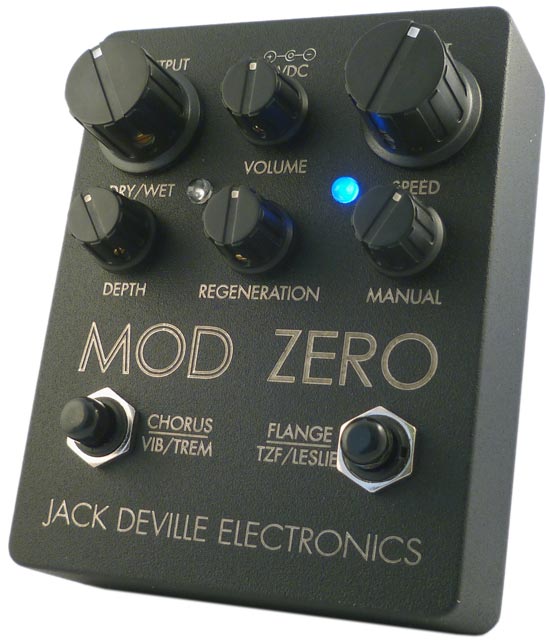
I have owned the Jack Deville Dark Echo for quite a while and it is a magically delicious delay pedal. I’m a huge fan of the Line 6 M9 and M13 – and hopefully soon, I’ll get an M5!!– Stompbox Modelers and I like to run my Dark Echo either before or after those to warm things up a bit. And lately, I’ve been using it as the only pedal through the loop of my Electroplex Rocket 22 and it adds the most beautiful little subtlety of sparkle. Maybe it’s a great buffer in there or something. But I turned it off and felt like some of the unicorn dust disappeared.
So, now the brilliance behind the amazing, Chuck Norris-like Dark Echo has been poured into a new modulation pedal called the Mod Zero. Flanger, Leslie, Pitch Shift Vibrato, Chorus, Phaser, and more are all part of this little guy’s feature sounds. And if my eyes do not deceive me, it looks like you could use more than one effect simultaneously. I wasn’t alive during the 60’s and I’m drug free, but this guy makes me feel like I need to start wearing tie-died shirts and living in a van with carpeted interior. Oh the wonderful sounds!!! My guitars will sound like green eggs and ham!!! (*…er… in a good way…*)
You can buy it here. Get two, one for me and one for you!
I have this listed on ebay right now but I wanted to add some more pictures here for you. Many of these little nicks and marks are very difficult to see but I wanna make sure I show TOO MUCH detail instead of not enough. The fact of the matter is that it’s a carbon fiber guitar. It has stainless steel frets, no truss rod, and a body that can stop bullets. Yes, there is a surface scratch or two, but they obviously don’t compromise the structural integrity, sound, or playability of the guitar at all.
Click the thumbnail links below for larger pictures.
Enjoy,
-corey
I played the guitars for this tune. It was more cost-effective to re-track the George Thorogood & The Destroyers tune, “Gear Jammer”. Scrappy slide guitar courtesy of the James Tyler Variax JTV69 US and the POD HD500.
I just played one of these at Leitz Music in Panama City, FL last week. It’s a 5w Class A, all-tube amplifier. The normal trade dress is black tolex with the script Marshall logo, however, GAK (in the UK) has an exclusive run of these and I’m trying to figure out how to get my grubby hands on one. The standard black tolex looks great and these sound phenomenal with all of the classic Marshall 60’s/70’s crunch that you’d expect. And for a price of $399 even if you paid full pop, it’s an unbelievably great little pet.
I’ve heard guys say “I HATE chorus” or that chorus pedals are the fastest way to sound dated. But, don’t kid yourselves, as soon as Tom Bukovac or Mike Landau use one then everyone will be scrambling for one and the ebay value will go up tenfold. And then everybody will act like chorus is THE pedal to have. hahaha
So, my vote for “Coolest Chorus” is the BC-9, which Ibanez manufactured in Japan from 1982-1984. It’s two independent chorus circuits that are summed together when you use the mono output but can be split into independent choruses with an “inverse output” second jack. Each channel features a Width and a Speed control and the speed controls- at their slowest rates- don’t exactly match up. So you have a gurgling and churning chorus available to you. I’m thinking one of the coolest ways this could be used is by turning the width way down and putting speed at the slowest setting and then running to two independent amps for a freaky sweet stereo spread that gives the impression that the amps are moving closer and further away from you and each other. YES. It’ll sound so freaky, you’ll wanna call the Ghostbusters.
I had a professor in college who used to say, “Dress up, Act up”, meaning that if we put effort into how we dress, it translates into us feeling like we are worth more and worthy of more. And while he was particularly talking about the workplace, I think it translates to the stage as well. Having said that, one of the things I most appreciated about Eric Clapton’s Autobiography was that he often mentioned the cool clothes that they had access to. It’s as if he references a musical chapter of his life by the recollection of his clothes. Eric Clapton: musical genius • legendary guitarist • fashionista.
With that in mind, I believe that it’s important for the guitar player to be holistically inspired. If new shoes inspire, buy a new pair before your biggest gigs. 🙂 I don’t have any big gigs coming up (with exception to an overnight trip to Vegas tomorrow with Vertical Horizon as Scannell’s guitar tech) but I just bought my new inspiration. Four parts comfy, three parts cool, and ten parts rock n’ roll. Ladies and gentlemen, feast your eyes on these- standard issue for the enlisted guitar grunt.
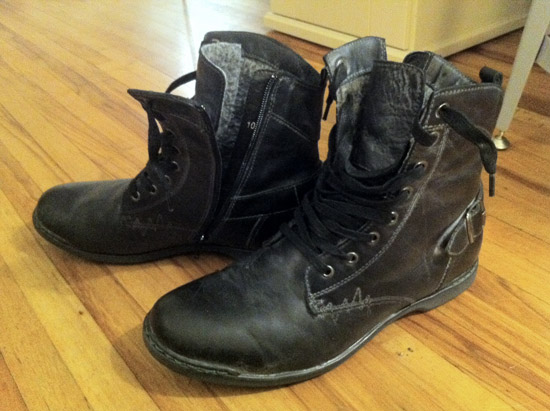
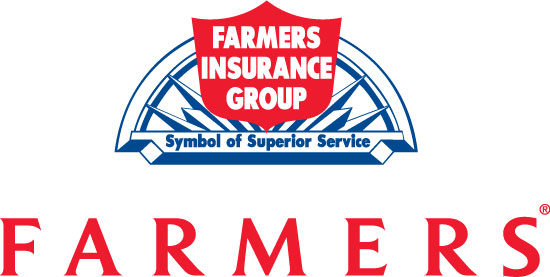
New commercial for Farmers Insurance. All tones courtesy of the Line 6 POD HD500 and the USA Tyler Variax JTV69.
“I want to go to there. Make go now.” Clickie here to enjoy.
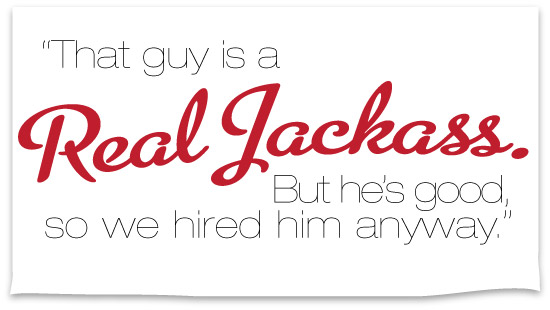
I have spent more than 4 years on the road for Taylor Guitars as a traveling Product Specialist/ Clinician. Many people ask me how I got the gig and the answer is simple: it’s because I love people. I enjoy talking to guitar players both young and old, beginner and expert, and all points in between. I think there are funny questions asked, but no stupid questions. And, yes, there WAS an audition to get the gig. During my interview, they put a guitar in my hands and watched me play. Then they put a different guitar in my hands and asked me to tell them why somebody would love it. Then they put yet a different (and unfamiliar) guitar in my hands and shot of a video of me talking about it, basically doing a demo video. After all was said and done, I had done some playing, but most of what I did was talk about guitars and have conversations with people who cared about guitars. When they gave me the gig, they told me, “we’ve had LOTS of guitar players in here, many of them faster and flashier and more technically proficient than you. But they just wanted to show off their mad skills and they were too busy talking to actually realize that there was anyone else in the room. Their problem was that the greatest thing in the world, from their perspective, was them.”
Since moving to Southern California, I have had the opportunity to hang out with some amazingly successful musicians. Case in point, these days I’m getting to do a few shows as Matt Scannell’s guitar tech for his band, Vertical Horizon. His band and tour manager are all top notch players, straight up pros, and some of the nicest folks I’ve ever gotten to hang with. For the first show, we loaded in at 2:30pm and they took the stage at around 9. Soundcheck took some of that time and there was some logistical stuff to handle, but the bulk of that afternoon and evening was spent in the dressing room. You need to know that every player in the room is an amazing player, but there are ZERO egos and those guys were all so encouraging and constructive with one another. It was pretty amazing. And I was reminded that these guys have gigs with Vertical Horizon, Colby Callait, Sara McLaughlin, Alanis Morrisette, etc. not (only) because they’re great players, but because that 4-hour hangout in the dressing room is just as much part of the gig as the 75-minute performance on stage.
This principle applies equally to your local garage band, your local church band, your national touring act, your gig as a clinician, etc. You may get a gig as the hottest player in town. You’ll get a career out of being the talented player who is the best hang.
Yup, REAL working professionals use a POD to make REAL spendable American dollars so we can pay or mortgages and put food on our tables. 🙂 Go figure. Click the link below! Do it now. GO! GO! GO!
http://www.pioneerelectronics.com/PUSA/Car/UnAssigned-Content/Barry
I tracked guitars for this commercial and another that will go live next week. All guitars are courtesy of my Line 6 James Tyler Variax JTV69 and the POD HD500, direct to track via USB. Technology is our friend. 🙂
Yesterday, I posted a video for the new Line 6/Bogner DT50 tube amplifier and the new POD HD400 unit. And the feedback from that video has been very nice. I think that to some people, digital modeling amps are just toys or practice tools for quiet at-home practicing. For others, they are a viable and creative tool for the working musician. One thing you may see more often than not is that the guitar players who use digital modeling gear in a live situation keep the tones relatively similar to one another.
I have a theory about modeling gear that I apply to every live gig I use it on… You sometimes do the band and the FOH (Front Of House) mixing person a disservice by sending dramatically different guitar sounds to the house. FOH mixers will often EQ the band so that they sound good TOGETHER, not individually. And if you send a Blackface Fender guitar tone (scooped-midrange) during one section, that mixing engineer might fill the midrange with more keyboards and/or background vocals. Then if you switch to a Tweed sound or Marshall sound (which are characterized by an abundance of midrange), you might be stacking up midrange tones against what the mixer has already put in that place, creating muddiness or a lack of sonic distinction- or making your guitar disappear completely from what the audience hears. I try to use a similar amp tone for an entire gig and vary the EQ nuances with different guitars and stompboxes.
Of course, if you are the artist and your name is on the marquee, then the band is there to support your creative choices anyway so this rule doesn’t necessarily apply.

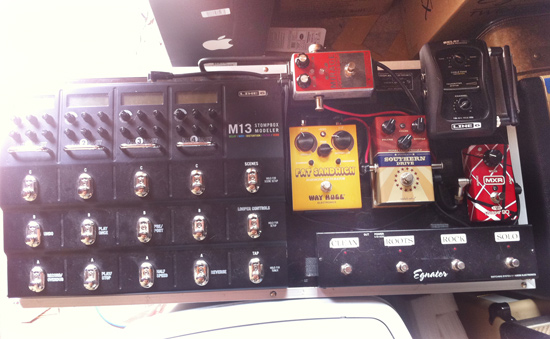





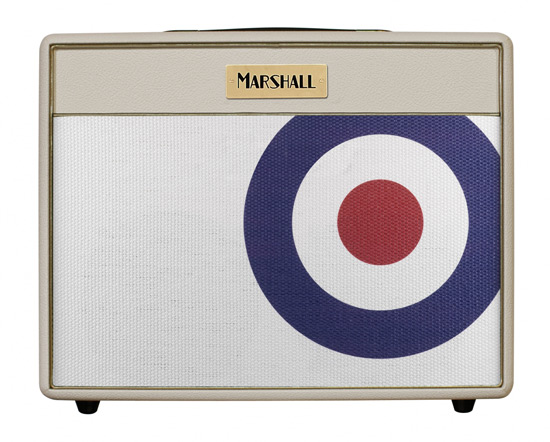
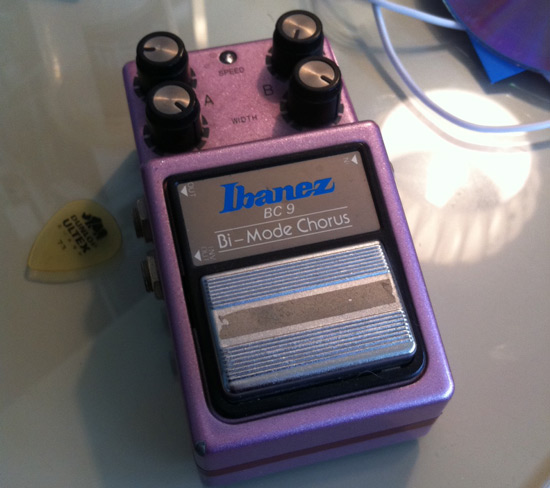


Follow Me